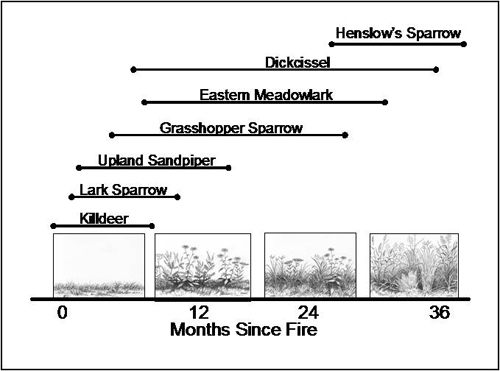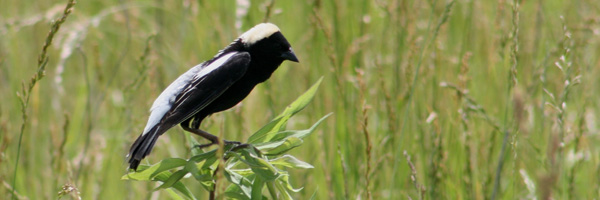
ECOLOGY & CONSERVATION BIOLOGY
IN THE MILLER LAB

ECOLOGY & CONSERVATION BIOLOGY
IN THE MILLER LAB
Contact: Finn Pillsbury, Jim Miller
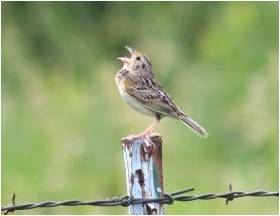
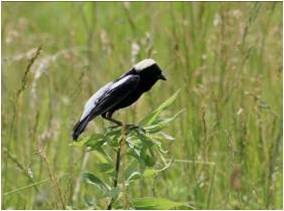
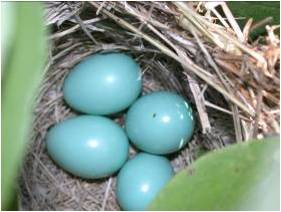
Grassland birds have experienced greater declines than any other avian group in North America during the latter half of the 20th century. This alarming trend has motivated prairie preservation and restoration on the part of federal and state agencies, as well as non-governmental organizations, and these efforts often involve the use of prescribed fire. Yet uniform application of fire, as with overgrazing by cattle, tends to reduce the temporal and spatial variability that was characteristic of these landscapes historically. Recent efforts to restore such variability have emphasized the use of a fire-grazing interaction. In this approach, fire is applied to discrete portions of the landscape and grazers focus their activities on recently burned patches while avoiding unburned areas.
We examined the efficacy of patch-burn grazing for promoting avian diversity in highly fragmented landscapes, which represent the bulk of remaining grassland bird habitats in the tallgrass prairie region. We quantified the population density of obligate and facultative grassland bird species along transects in 13 experimental research pastures in the Grand River Grasslands of Iowa and Missouri (USA), divided among three treatments: 1) spatially discrete fires and free access by cattle (“patch-burn grazed”), 2) free access by cattle and a single complete burn (“grazed-and-burned”), and 3) a single complete burn with no cattle (“burned-only”). We expected that patch-burn grazing would produce a bird community that overlapped that of the grazed-and-burned and burned-only treatments, because it would provide habitat for species associated with both. However, an analysis of similarity (ANOSIM) showed that community structure on pastures managed using patch-burn grazing instead diverged significantly from both of the other treatments. Differences in community structure were most highly correlated with visual obstruction and wooded edge density in the landscape, suggesting bird communities are differentiated not only by their structural habitat requirements, but also by the varying degrees of sensitivity to landscape fragmentation of their component species. The future success of this management scheme for fragmented grasslands hinges on if, after an optimal stocking rate is identified, adequate habitat can be maintained for a diverse bird community, or whether fragmentation will perpetually limit the efficacy of this method in these landscapes.
Funding: Iowa Department of Natural Resources, USDA National Research Initiative, Joint Fire Sciences Program, Leopold Center for Sustainable Agriculture, National Fish and Wildlife Foundation
